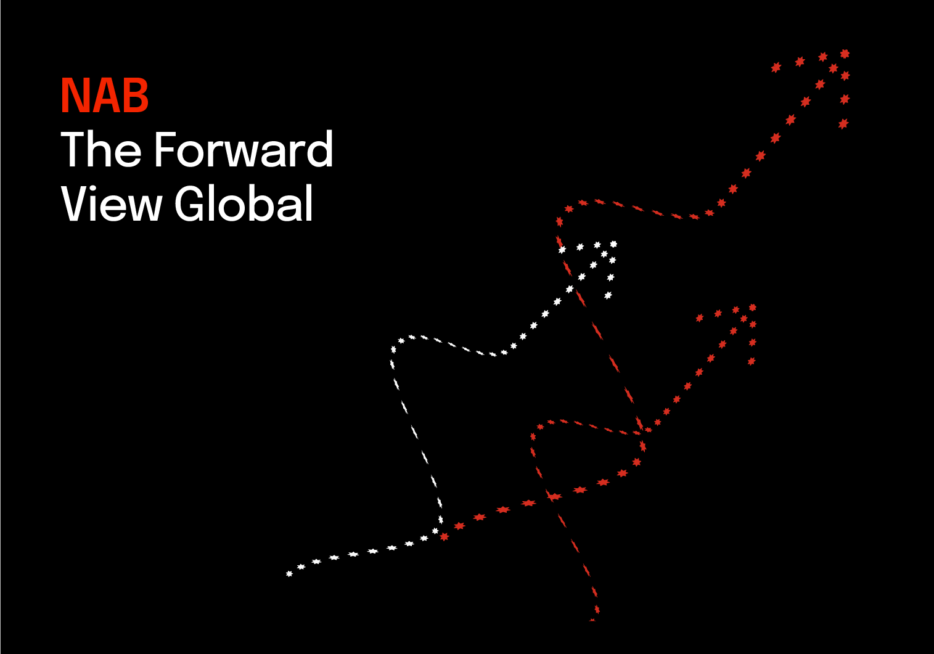Global growth headed for a H2 trough as tariffs start to bite


Insight
The NAB Online Retail Sales Index contracted slightly in May, after recording the most rapid growth in the series history in April.
NAB Chief Economist, Alan Oster commented:
Our NAB Online Retail Sales Index data took a breather in May from the record growth that has been recorded over the past two months. While online retail sales growth is typically volatile month to month, the recent changes that COVID-19 has brought to the broader economy, and day to day life, has made it even more so. From our observations, the general trend for online retail is up. In this way, Australian online retail sales closely match those of other key international online retail markets. For example, the US census bureau quarterly ecommerce estimate for online retail is about 11.5% of total US retail sales, a figure not too dissimilar to our estimate for Australia. The two series have broadly followed a similar growth trajectory. When we began the NAB series nearly a decade ago, our online series was about 4% of all retail sales, again, similar to the US census bureau comparison. Over time, both series have seen high volatility, but have generally outpaced broader retail. So, while we are expecting ABS retail trade to be faster than online retail in May in month-on-month terms, the trend for online remains far stronger.
In the month, growth was strongest for the smallest sales category, takeaway food, which added to April’s strong growth, albeit at a slower pace than the previous months. The contraction in online sales for this category, which occurred during the early phase of the pandemic, has been effectively erased by the recent growth. We estimate May 2020 sales in this category to be almost three times larger than May 2019. This growth over the past year has occurred during a period where there were high profile exits and entries, and also an increased focus on platform commissions from local start-ups. While recording more moderate growth over the same period, the much larger category, grocery and liquor, has contributed more to the headline number. So despite the rapid growth of takeaway, it remains the smallest category, for now at least, given growth in other, much larger categories, over the past twelve months.
The three most populous states represent just over 80% of all online sales, slightly above their share of the population. Of these three states, only Queensland recorded growth in the month, with Victoria leading over the year. Over the past 12 months, although elevated, online sales growth on average has been more stable in Queensland relative to all other states.
Only regional areas grew in the month, but at a rate much lower than April. Metro areas, which represent the majority of online spend, contracted after two rapid months of sales growth. For regional areas, in year-on-year terms, growth has been driven by the two largest sales states, NSW and Vic., along with smaller sales state, Tasmania.
In terms of merchant location, sales at international merchants, which didn’t grow as fast last month, slowed slightly, but remained positive. In contrast, sales growth turned negative in month-on-month terms for domestic retailers, following on from two exceptionally strong months.
For further details, please see the NAB Online Retail Sales Index May 2020.
© National Australia Bank Limited. ABN 12 004 044 937 AFSL and Australian Credit Licence 230686.